Secrets to Make the BEST (Not Soggy) Chicken Parmesan
I was recently reminded by my favorite Italian restaurant, Bucca di Beppo, how fantastic chicken parmesan is! It has always been my husband’s favorite entree at an Italian restaurant and has never intrigued me a whole ton--and here’s why. It’s always (okay, at least when I make it) kinda soggy and that is just no bueno! I really don’t like soggy breaded things that are supposed to be crispy and bread. Of course nobody does--it’s kind of like when you’re lazily heating up some breaded leftovers in the microwave and it always gives you that effect, but this time, it’s fresh and is still soggy. Well no more, my friends.
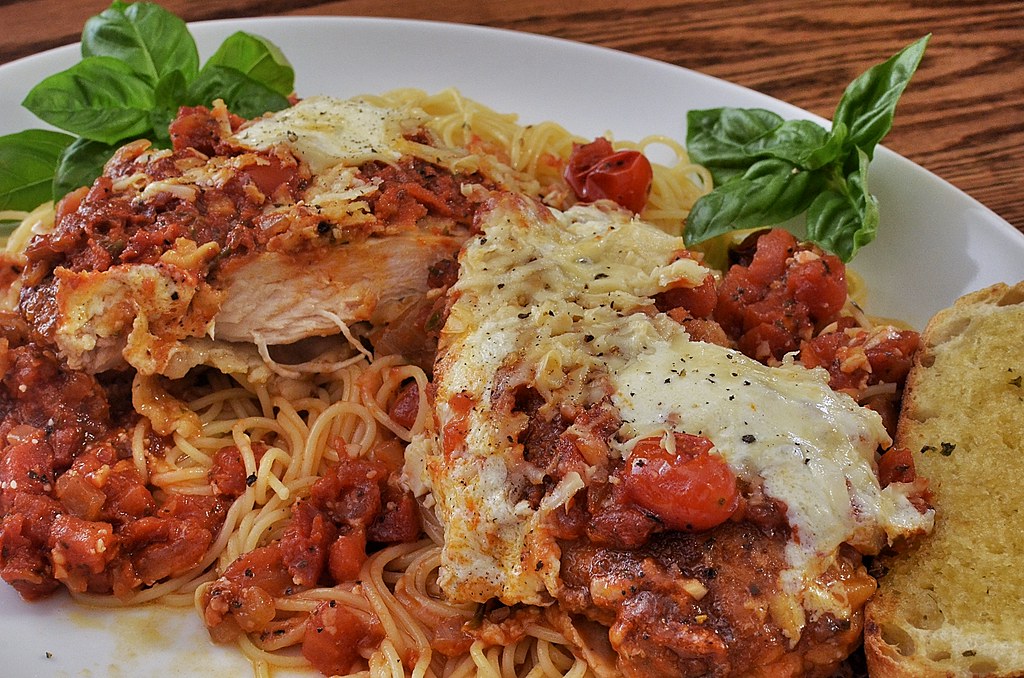
I found a wonderful chicken parmesan recipe from Chef John on AllRecipes.com, which is rated 4.8 out of 5 stars with 4,547 reviews! What sets this recipe apart is that the breaded chicken really does turn out perfectly crispy and is covered in cheese, but not so much cheese that it’s drowning in it. I can’t believe I’m saying these words, but…I think there can occasionally be a dish that can have too much cheese. Chicken parm being one of them.
Here are a few of the tips and tricks that make Chef John’s chicken parm stand out among the rest!
1. The key is the sauce!
The reason most recipes get soggy is because they use way too much sauce. They cover the bottom of the pan in sauce and then bake the crispy, breaded chicken on top. The sauce just soaks into the bottom of the chicken and defeats the whole purpose of frying it before you bake it. This recipe crisps up the outside of the chicken and then you just add a couple of tablespoons of good quality marinara on top to keep the chicken nice and crispy after baking.
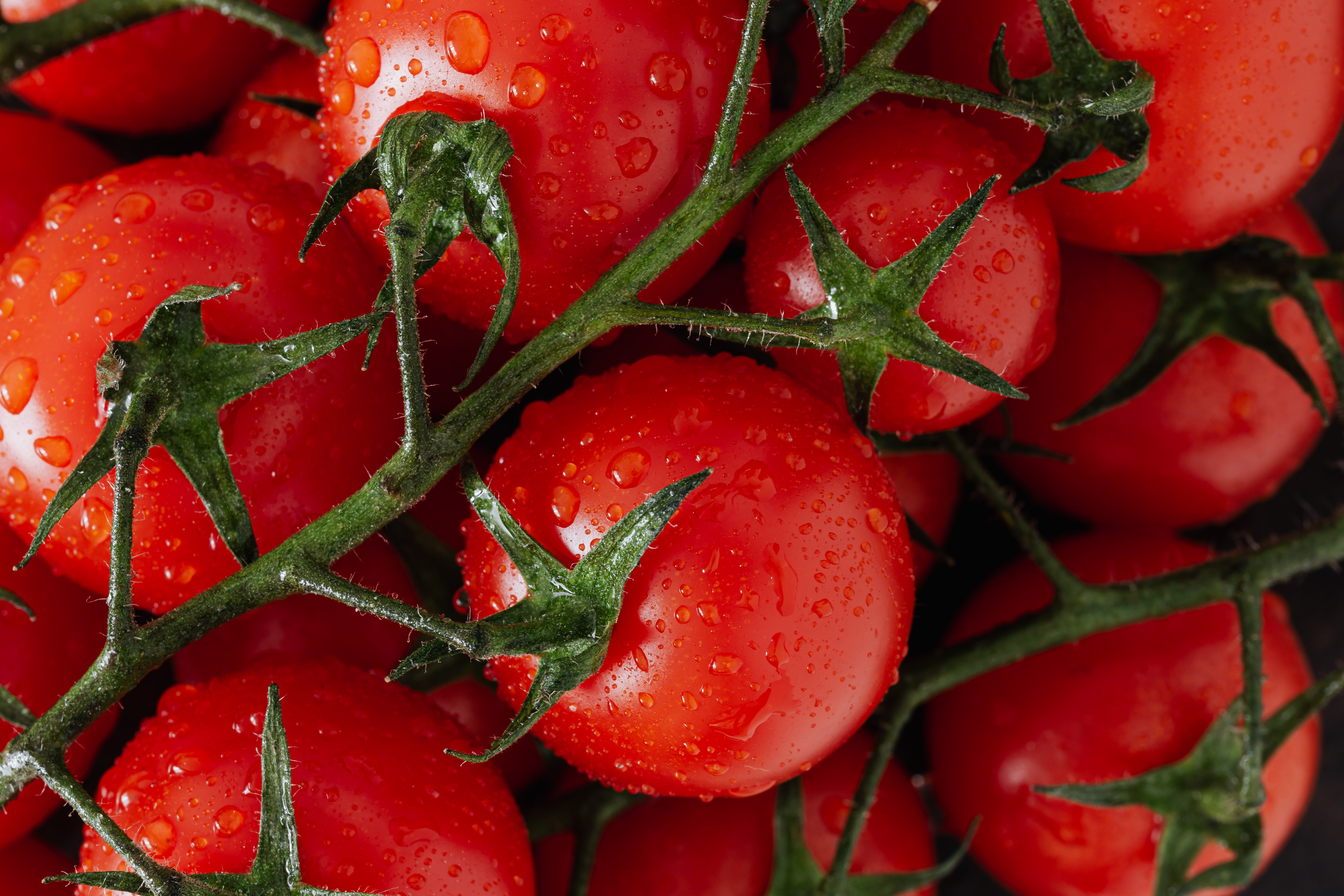
2. Pound the chicken.
Layer a chicken breast between two pieces of cling wrap and pound the chicken down so the thickest part is the same thickness as the thinnest part, about ½ an inch. You want your chicken to be the same thickness all around so you can cook it evenly and just to 165 degrees F on the inside, so that the whole piece stays juicy on the inside and crispy on the outside.
3. Use the right cheeses.
Chef John says what a difference it is to use fresh mozzarella on top of this chicken parm. He cubes fresh mozzarella and then adds another melty white cheese like shredded provolone on top of that. He actually has another chicken parm recipe that uses ricotta and sharp white cheddar, which is quite intriguing. This just tells me you can be quite creative with your cheeses.
4. Add Italian herbs to the top.
In his recipe he chops up fresh basil to add on top of the cheese, but he says you can use your favorite dried Italian herbs or even a spoonful of pesto sauce to give it a lot more flavor. I love the idea of pesto sauce and might try that next time instead of basil. I love pesto sauce!
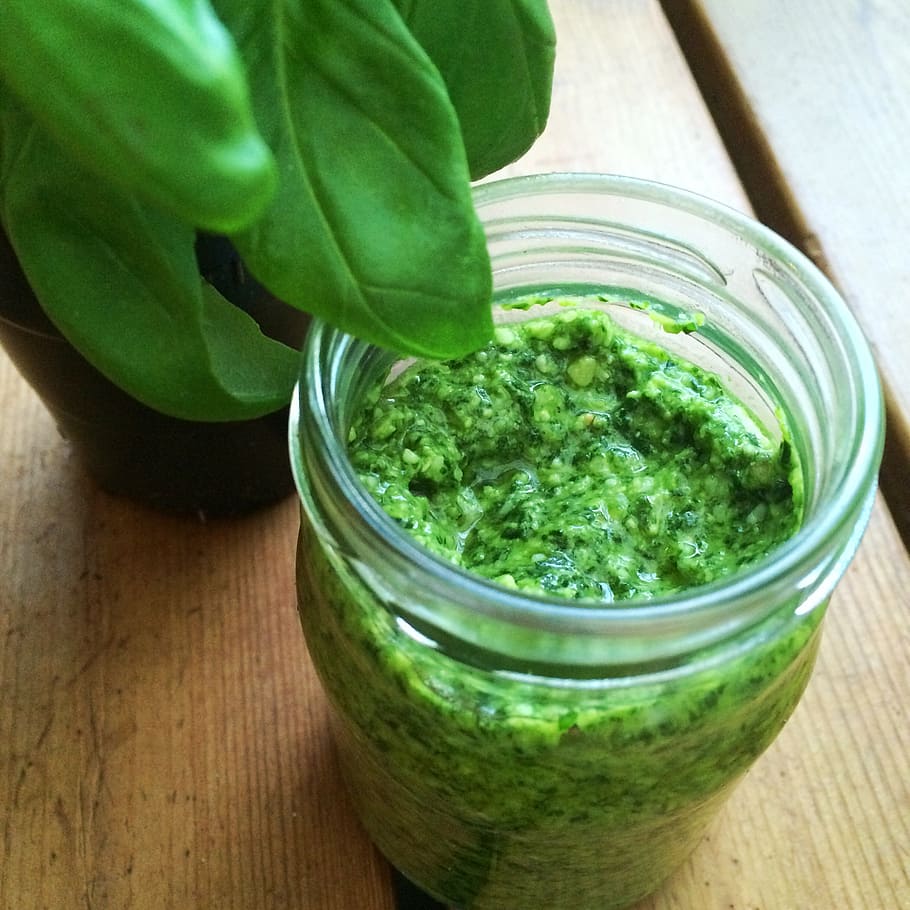
5. Drizzle olive oil on top for moisture.
Just to add in a bit more moisture on top again he drizzles a bit of olive oil on top of the cheeses to help it stay moist and not dry out on top.
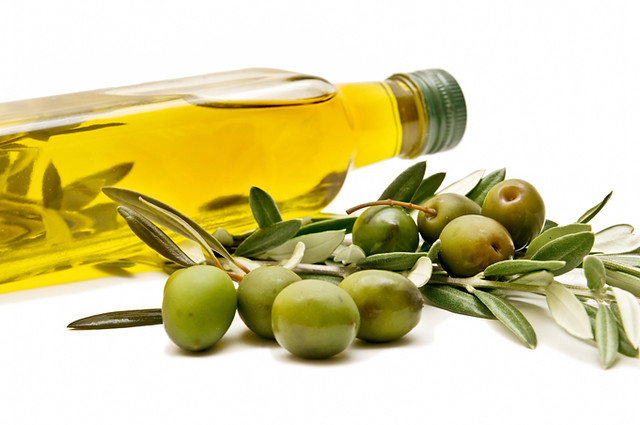
All of these things combine to create the most wonderful chicken parmesan I think you could make at home. And then if you’d like it a bit saucier, just supplement with some extra marinara sauce on that side that people can use if they’d like. Just make sure to use a really quality marinara sauce and it will really elevate the taste of your meal.
What is your favorite entree to order at an Italian restaurant? Mine is chicken piccata--yummo! Do you ever make chicken parm at home, or leave it to the professionals? Please share your thoughts in the comments below.
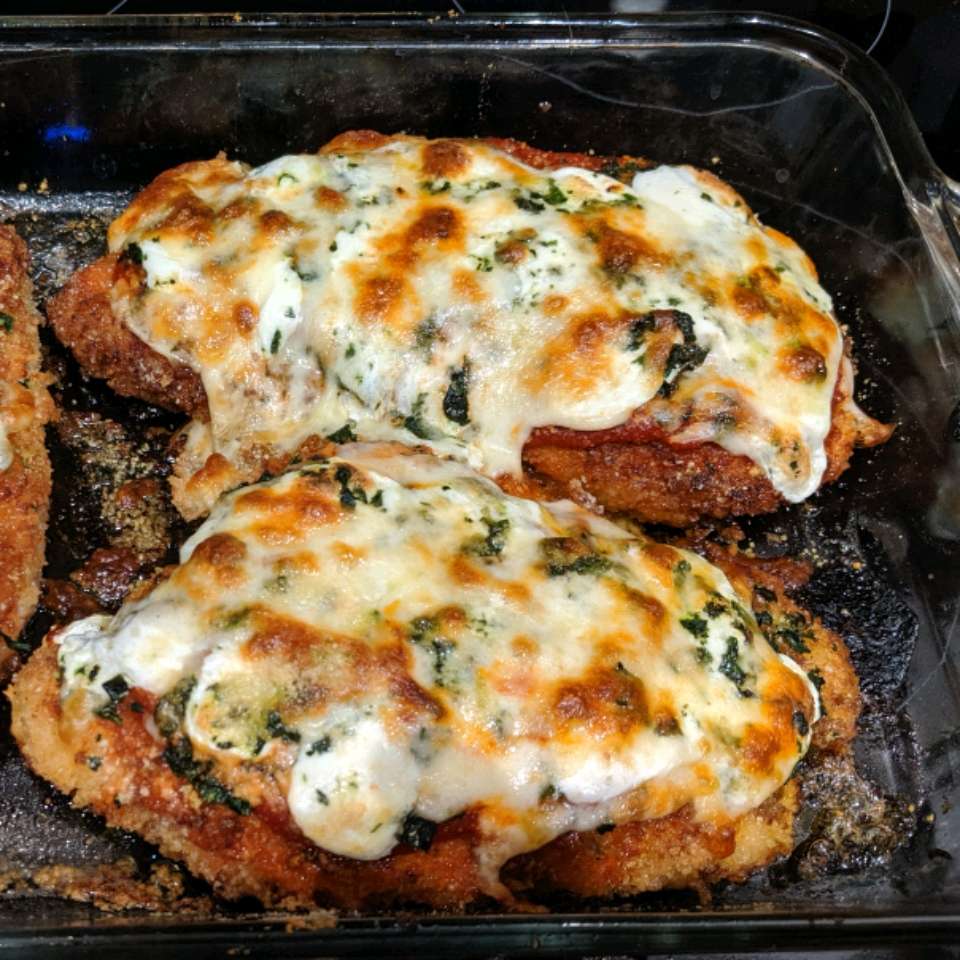
4 skinless, boneless chicken breasts halves
salt and freshly ground black pepper to taste
2 large eggs
1 cup panko bread crumbs, or more as needed
3/4 cup grated Parmesan cheese, divided
2 tablespoons all-purpose flour, or more if needed
1/2 cup olive oils for frying, or as needed
1/2 cup prepared tomato sauce
1/4 cup fresh mozzarella, cut into small cubes
1/4 cup chopped fresh basil
1/2 cup grated provolone cheese
2 teaspoons olive oil
Directions:
Add Recipe to Cook'n

I found a wonderful chicken parmesan recipe from Chef John on AllRecipes.com, which is rated 4.8 out of 5 stars with 4,547 reviews! What sets this recipe apart is that the breaded chicken really does turn out perfectly crispy and is covered in cheese, but not so much cheese that it’s drowning in it. I can’t believe I’m saying these words, but…I think there can occasionally be a dish that can have too much cheese. Chicken parm being one of them.
Here are a few of the tips and tricks that make Chef John’s chicken parm stand out among the rest!
1. The key is the sauce!
The reason most recipes get soggy is because they use way too much sauce. They cover the bottom of the pan in sauce and then bake the crispy, breaded chicken on top. The sauce just soaks into the bottom of the chicken and defeats the whole purpose of frying it before you bake it. This recipe crisps up the outside of the chicken and then you just add a couple of tablespoons of good quality marinara on top to keep the chicken nice and crispy after baking.

2. Pound the chicken.
Layer a chicken breast between two pieces of cling wrap and pound the chicken down so the thickest part is the same thickness as the thinnest part, about ½ an inch. You want your chicken to be the same thickness all around so you can cook it evenly and just to 165 degrees F on the inside, so that the whole piece stays juicy on the inside and crispy on the outside.
3. Use the right cheeses.
Chef John says what a difference it is to use fresh mozzarella on top of this chicken parm. He cubes fresh mozzarella and then adds another melty white cheese like shredded provolone on top of that. He actually has another chicken parm recipe that uses ricotta and sharp white cheddar, which is quite intriguing. This just tells me you can be quite creative with your cheeses.
4. Add Italian herbs to the top.
In his recipe he chops up fresh basil to add on top of the cheese, but he says you can use your favorite dried Italian herbs or even a spoonful of pesto sauce to give it a lot more flavor. I love the idea of pesto sauce and might try that next time instead of basil. I love pesto sauce!

5. Drizzle olive oil on top for moisture.
Just to add in a bit more moisture on top again he drizzles a bit of olive oil on top of the cheeses to help it stay moist and not dry out on top.

All of these things combine to create the most wonderful chicken parmesan I think you could make at home. And then if you’d like it a bit saucier, just supplement with some extra marinara sauce on that side that people can use if they’d like. Just make sure to use a really quality marinara sauce and it will really elevate the taste of your meal.
What is your favorite entree to order at an Italian restaurant? Mine is chicken piccata--yummo! Do you ever make chicken parm at home, or leave it to the professionals? Please share your thoughts in the comments below.
The BEST Chicken Parmesan

For the best chicken Parmesan, try Chef John's version that's pan-fried and then baked, delivering impressive results with a crispier crust than most recipes. Total Time: 45 min
Prep time:
Cook time:
Yield: 4
Serving size: 4
Calories per serving: 510
Ingredients:
Cook time:
Yield: 4
Serving size: 4
Calories per serving: 510
4 skinless, boneless chicken breasts halves
salt and freshly ground black pepper to taste
2 large eggs
1 cup panko bread crumbs, or more as needed
3/4 cup grated Parmesan cheese, divided
2 tablespoons all-purpose flour, or more if needed
1/2 cup olive oils for frying, or as needed
1/2 cup prepared tomato sauce
1/4 cup fresh mozzarella, cut into small cubes
1/4 cup chopped fresh basil
1/2 cup grated provolone cheese
2 teaspoons olive oil
Directions:
Preheat an oven to 450 degrees F (230 degrees C).
Place chicken breasts between two sheets of heavy plastic (resealable freezer bags work well) on a solid, level surface. Firmly pound chicken with the smooth side of a meat mallet to a thickness of 1/2-inch.
Season chicken thoroughly with salt and pepper. Using a sifter or strainer; sprinkle flour over chicken breasts, evenly coating both sides
Beat eggs in a shallow bowl and set aside.
Mix bread crumbs and 1/2 cup Parmesan cheese in a separate bowl, set aside.
Dip a flour-coated chicken breast in beaten eggs. Transfer breast to the bread crumb mixture, pressing crumbs into both sides. Repeat for each breast. Let chicken rest for 10 to 15 minutes.
Heat 1/2 inch olive oil in a large skillet on medium-high heat until it begins to shimmer. Cook chicken in the hot oil until golden, about 2 minutes per side. The chicken will finish cooking in the oven.
Transfer chicken to a baking dish. Top each breast with 2 tablespoons tomato sauce. Layer each chicken breast with equal amounts of mozzarella cheese, fresh basil, and provolone cheese. Sprinkle remaining Parmesan over top and drizzle each with 1/2 teaspoon olive oil.
Bake in the preheated oven until cheese is browned and bubbly and chicken breasts are no longer pink in the center, 15 to 20 minutes. An instant-read thermometer inserted into the center should read at least 165 degrees F (74 degrees C).
Source: allrecipes.com
Place chicken breasts between two sheets of heavy plastic (resealable freezer bags work well) on a solid, level surface. Firmly pound chicken with the smooth side of a meat mallet to a thickness of 1/2-inch.
Season chicken thoroughly with salt and pepper. Using a sifter or strainer; sprinkle flour over chicken breasts, evenly coating both sides
Beat eggs in a shallow bowl and set aside.
Mix bread crumbs and 1/2 cup Parmesan cheese in a separate bowl, set aside.
Dip a flour-coated chicken breast in beaten eggs. Transfer breast to the bread crumb mixture, pressing crumbs into both sides. Repeat for each breast. Let chicken rest for 10 to 15 minutes.
Heat 1/2 inch olive oil in a large skillet on medium-high heat until it begins to shimmer. Cook chicken in the hot oil until golden, about 2 minutes per side. The chicken will finish cooking in the oven.
Transfer chicken to a baking dish. Top each breast with 2 tablespoons tomato sauce. Layer each chicken breast with equal amounts of mozzarella cheese, fresh basil, and provolone cheese. Sprinkle remaining Parmesan over top and drizzle each with 1/2 teaspoon olive oil.
Bake in the preheated oven until cheese is browned and bubbly and chicken breasts are no longer pink in the center, 15 to 20 minutes. An instant-read thermometer inserted into the center should read at least 165 degrees F (74 degrees C).
Source: allrecipes.com
Recipe formatted with the Cook'n Recipe Software from DVO Enterprises.
 Mary Richardson
Mary Richardson
Weekly Newsletter Contributor since 2014
Email the author! mary@dvo.com
